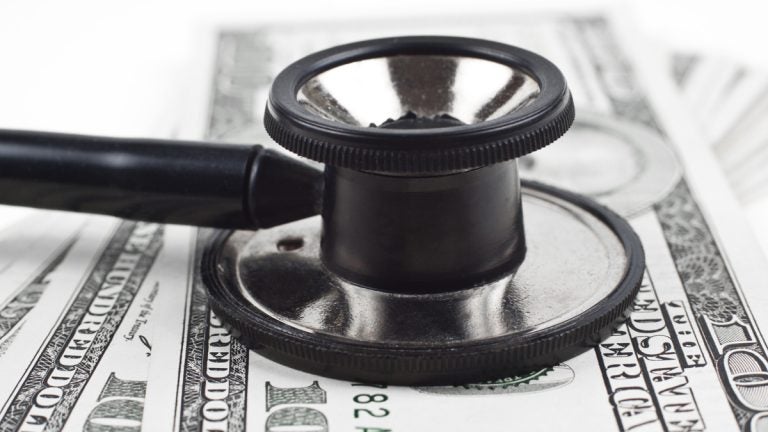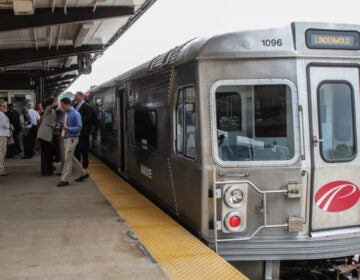One health care doughnut closes but another opens in New Jersey

As Americans slog through open enrollment for both the Affordable Care Act marketplace and the Medicare prescription drug benefit (also known as Part D), thoughts naturally go to doughnut holes.
When Congress and the Bush Administration crafted the Medicare Part D benefit, it was politically important that large numbers of seniors quickly get tangible benefits from the new program. Policymakers also wanted to protect beneficiaries with catastrophically high prescription costs. So to keep the program’s hit to the federal budget acceptable, the original Part D program left a gaping coverage gap — widely known as the doughnut hole — after initial benefits for the many ended but before the catastrophic coverage kicked in.
One of the most popular features of the ACA is the closing of the Part D doughnut hole. Instead of paying 100 percent of prescription costs in the gap (above $2,970 in prescription costs), this year millions of beneficiaries are getting big discounts and by 2020 the gap will be gone, with Part D enrollees paying only 25 percent of drug costs with no gap.
Today, because of the vagaries of the Supreme Court’s ACA decision, we have a new sort of doughnut hole, driven by very different politics. In effect, the Court made implementing the ACA’s Medicaid eligibility expansion optional for states. At last count, 25 states have signaled that they will take a pass on the expansion, in spite of the sweet deal offered by the feds to pay for 100 percent of the expansion’s costs through 2016 and then to phase down to a generous 90 percent federal share.
Medicaid has become one of the few fronts on which frustrated anti-Obamacare forces can act to thwart implementation of the healthcare law.
In states foregoing the expansion, poor adults will have no coverage options. According to new estimates from the Kaiser Family Foundation, about five million uninsured adults are likely to fall into the new doughnut hole. Texas has 20 percent of the new gap population and Florida has 15 percent, with the rest expected to be spread over the other 23 other states (shortly after this report was released one additional state, Ohio, announced that it would expand its program). New Jersey has elected to expand Medicaid, and roughly 300,000 uninsured are expected to enroll (including both new eligibles and many who are already eligible but who have not previously enrolled).
But New Jersey’s decision to expand does not necessarily mean that the coverage gap will be filled. In a recent NJ Spotlight commentary Raymond Castro observes that enrollment in the state’s expanded Medicaid program may be off to a slow start. The glitch-ridden federal marketplace at which New Jerseyans may sign up for new coverage options may be one reason for slow Medicaid uptake, but those eligible for Medicaid may also sign up on perfectly functional state web sites or in person at county welfare offices.
Many forces conspire to suppress Medicaid enrollment in New Jersey, including the chaotic ACA implementation and our challenged news media. But the policy decision to expand Medicaid will be for naught if it fails in implementation. It is still early, but substantial effort at outreach and public education will be needed in the coming months to avoid falling into the new healthcare doughnut hole in New Jersey.
__________________________________________________________
Joel C. Cantor is the director of the Center for State Health Policy and professor of public policy at Rutgers University. NJ Spotlight, an independent online news service on issues critical to New Jersey, makes its in-depth reporting available to NewsWorks.
WHYY is your source for fact-based, in-depth journalism and information. As a nonprofit organization, we rely on financial support from readers like you. Please give today.




